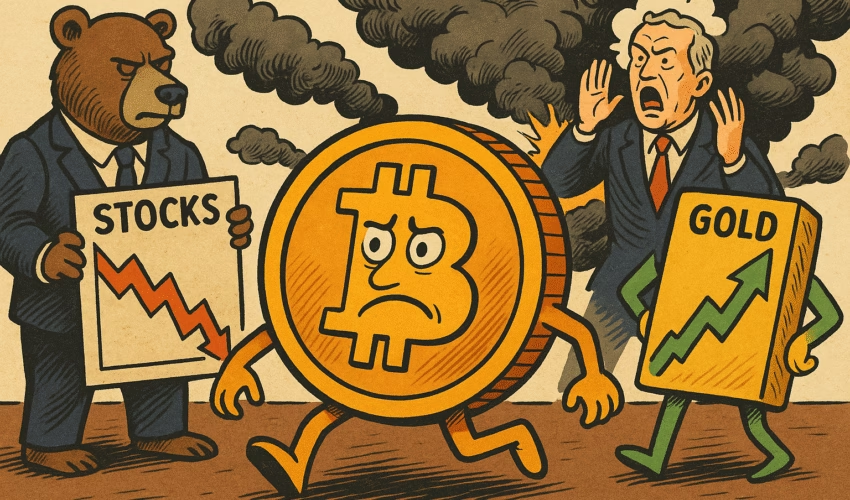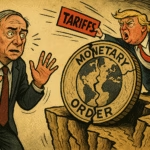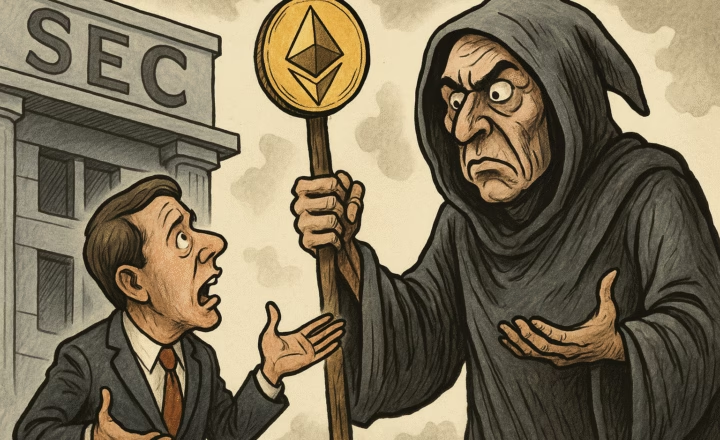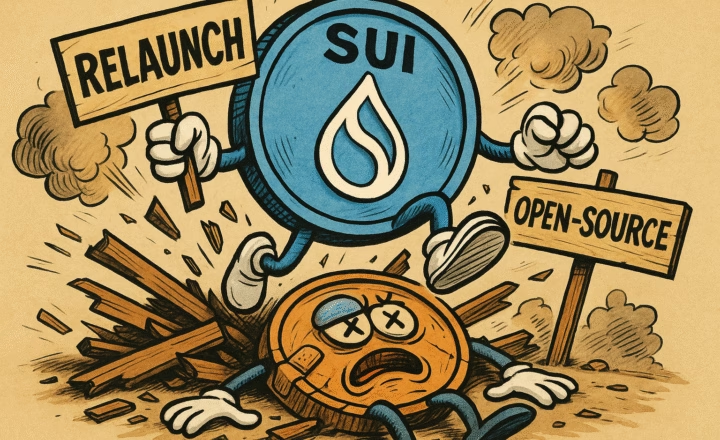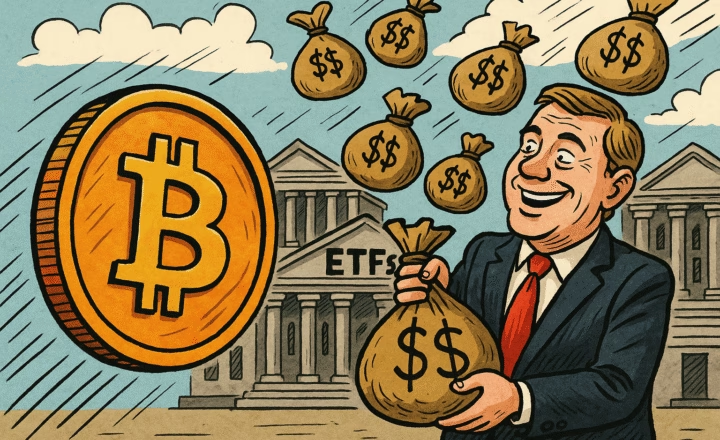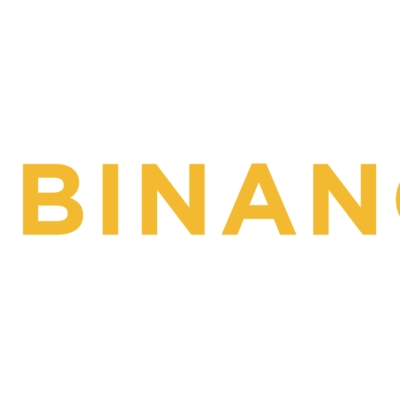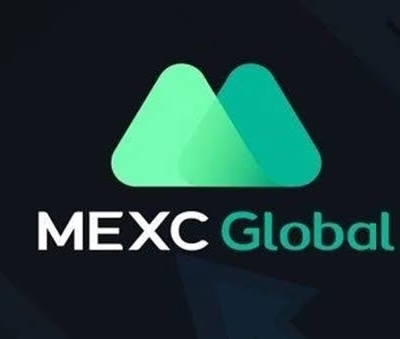Gold Nears Record High While BTC Shows Risk-On Behavior Amid Geopolitical Uncertainty
As Middle East tensions escalate, gold has surged close to its all-time high, reinforcing its role as a traditional safe-haven asset. Meanwhile, Bitcoin (BTC) has shown more muted performance, with analysts suggesting that it still trades more like equities than gold during times of geopolitical stress.
The divergence highlights an ongoing debate over Bitcoin’s evolving role in global markets — as “digital gold” or simply another high-beta risk asset.
Gold Nears All-Time High Amid Middle East Conflict
Gold prices surged to $3,450 per ounce on Monday, just shy of its April record of $3,500, according to TradingView data. The precious metal has gained nearly 30% year-to-date, fueled by a mix of:
-
Rising inflation expectations
-
Concerns over U.S. trade tariffs
-
An escalation in the Israel-Iran conflict, triggered by a reported Israeli missile strike on June 13
“Should additional data or comments made by economic officials indicate wider concern over inflation or interest rate policy, this price could very easily tip into new, record territory,” CBS News reported.
Gold’s safe-haven appeal has strengthened in recent months as volatility in equities, crypto, and commodities grows.
Bitcoin Lags Behind as “Digital Gold” Narrative Weakens
In contrast, Bitcoin is up just 13% year-to-date, and is currently trading at $106,682 — approximately 5.3% below its $111,800 all-time high reached on May 22.
While BTC initially sold off following the Israel-Iran escalation, it has since stabilized alongside a recovery in U.S. equity futures. This behavior has led analysts to argue that Bitcoin continues to behave more like a risk-on asset than a geopolitical hedge.
“Bitcoin still trades more as a risk asset, akin to U.S. equities, rather than as a safe haven like gold,” said Tony Sycamore, analyst at IG Markets.
He noted that as long as BTC holds above the $95,000–$100,000 support zone, it remains on track to retest its all-time high, with further upside potential toward $116,000–$120,000.
Short-Term Divergence: Gold and Oil vs. BTC and Equities
Henrik Andersson, analyst at Apollo Crypto, echoed Sycamore’s views, noting that BTC and equities both rebounded after Friday’s initial sell-off tied to Middle East headlines.
“In the short term, oil and gold are likely to continue moving in the opposite direction to equities and Bitcoin,” Andersson said.
That divergence underscores a key dynamic: while gold is driven by geopolitical fear and inflation hedging, Bitcoin appears more tethered to liquidity conditions, market sentiment, and risk appetite.
Bitcoin’s “Digital Gold” Narrative in Question
Nick Ruck, director at LVRG Research, said the current market environment has exposed cracks in Bitcoin’s long-touted identity as “digital gold.”
“The ‘digital gold’ narrative is slowly fading,” Ruck told Cointelegraph.
“Traders are focusing on short-term volatility and liquidity, making BTC more correlated to risk assets than safe havens.”
He added that BTC may still serve as a long-term store of value, but in the short term, it’s behaving more like tech stocks than gold.
Fed Meeting Could Influence Risk Sentiment
Markets are also eyeing the U.S. Federal Reserve’s policy meeting this week. While futures markets are pricing in a 96.7% probability that interest rates will remain at 4.25–4.50%, any dovish surprises could reinvigorate risk-on sentiment and boost Bitcoin’s momentum.
“If risk sentiment shifts and investors look for alternative stores of value, Bitcoin could see renewed momentum in the coming weeks,” said Eugene Cheung, chief commercial officer at OSL.
Fed Chair Jerome Powell’s post-meeting remarks will be scrutinized for clues about future rate cuts, especially amid growing macroeconomic uncertainty and global conflict.
BTC Correlation With Equities Remains Elevated
Recent data shows Bitcoin continues to maintain a high correlation with equity indexes, particularly the Nasdaq 100 and S&P 500. This further supports the thesis that BTC is behaving more like a tech growth asset than a macro hedge.
“BTC is still in its transition phase. It’s not fully risk-off, not fully digital gold,” one market strategist explained.
That transition may take years to fully resolve — or could accelerate as macro forces evolve and sovereign-level adoption of Bitcoin increases.
Conclusion
As gold soars near record highs in response to Middle East turmoil and inflationary fears, Bitcoin remains tied to risk-on behavior, tracking closely with equities rather than acting as a safe-haven hedge.
While BTC remains near its all-time high, analysts warn that the “digital gold” narrative may be weakening in the short term. Whether Bitcoin can reclaim that role depends on how it responds to global instability, rate decisions, and its evolving role in institutional portfolios.
For now, Bitcoin appears to be caught between two identities — a volatile growth asset and an emerging store of value — with the next macro event likely to decide which narrative prevails.

